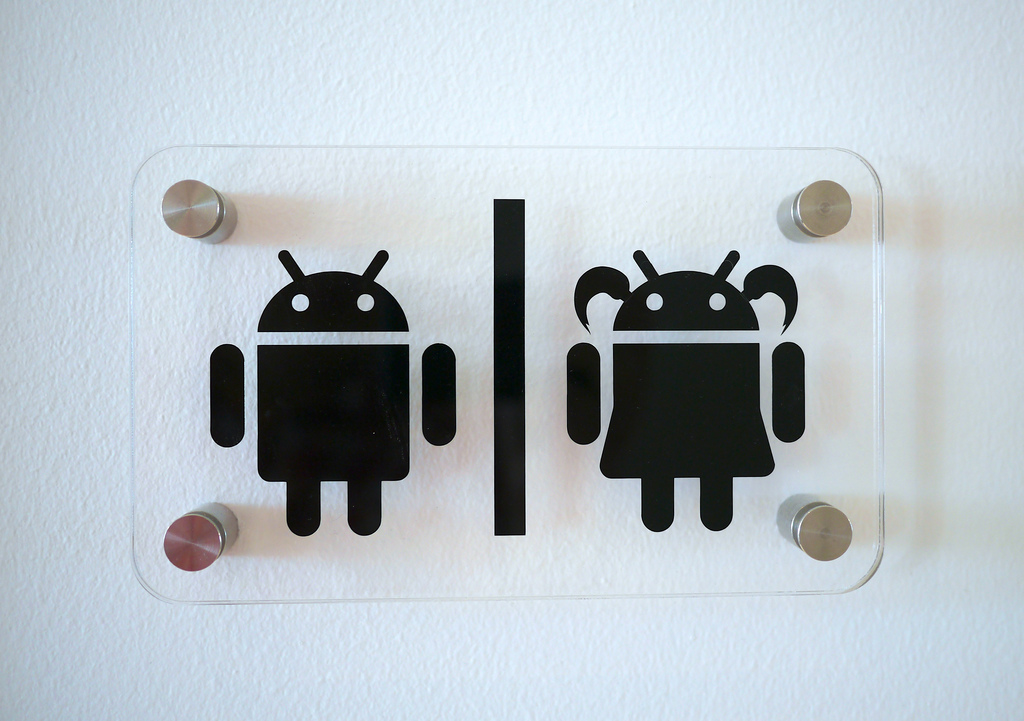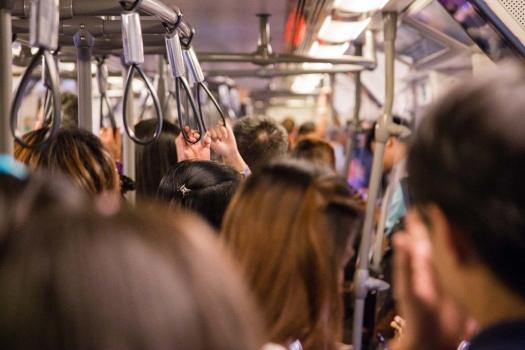
By John Willoughby*
The issue of public toilets may not be the most glamorous procurement and policy topic around, but those working in government and industry ignore it at their peril.
Some things just cut straight across society’s boundaries – and access to clean, functional and user friendly toilet infrastructure would have to be close to the top of the list.
And there is a serious conversation to be had.
As a specialist in the manufacture and installation of public toilet buildings across Australia, Pureablue gets fresh enquiries concerning new toilet facilities on a daily basis.
Over the last few years, as public toilet providers have come to grips with new access standards and expectations for better quality public toilet facilities, this enquiry volume has increased significantly.
One of the prime drivers has been the Disability Discrimination Act (DDA) which enshrines the right of people with disabilities to be able to readily access toilet facilities with the ease that able bodied people do.
Driven by DDA, the Building Code of Australia (BCA), Australian Standard AS1428.1 (2009) and the Premises Standard, have evolved over the years. Their aim is to create a set of specifications to which public facilities are built, and thus to cater for people with disabilities.
There’s a lot more to building compliant toilets than many people appreciate.
Public toilet providers – whether they are local government, public authorities or building owners now have a strict obligation to provide standards compliant disabled access toilet facilities. The obligations are reinforced by provisions for prosecution.
Further compliance issues that must be addressed are the National Plumbing Code for sewer serviced sites, and state environmental laws covering the management and treatment of human waste for non sewered sites.
Engineering Certification of the toilet structure is also mandatory.
There are also guidelines for public toilet facility location and orientation in park lands allowing for management of anti-social behaviour that must also be considered. Crime Prevention Through Environmental Design (CPTED) is one such program.
A non-mandated design and construction issue that must be addressed is attacks by vandals. The design and construction must address this mindless but unavoidable cost to building owners and society.
As the requirements mount, compliance with all these pre-requisites has now become a major hurdle to be negotiated in the design and construction of a new public toilet facility.
It’s an unavoidable fact that all of these compliance issues have associated costs. They all add-up. The truth is that peoples’ expectations of what a toilet should be (users and providers) has simply outpaced the funding available in many cases.
And herein lays the root cause of the cost blowouts in bespoke public toilet construction.
If a project brief is created in-house by a council, a public authority or a building owner for a bespoke (start from fresh sheet of paper) toilet facility, then all the above prerequisites and their associated costs must be assigned to that project. The same is true if an architect is briefed.
There is an alternative way of providing the kind of toilets we need and expect, but it requires a little lateral thinking in terms of planning and procurement.
There are several manufacturers in Australia that can offer complete packages of compliant toilet facilities that are based on repeatable factory construction methods.
There are also internationally sourced facilities available: most often high-end, automated and self-cleaning. Some of these have ‘pay for service’ arrangements similar to idea of ‘spending a penny’. (There have also been compliance issues for some international solutions as the Australian Standard for disabled access is unique to Australia – and very, very proscriptive.)
Locally packaged toilet facilities are known as “pre-engineered” and they offer several advantages.
For starters, it is largely a given that locally manufactured facilities are AS1428.1(2009) compliant and that all the design and research has been done in the product’s development – thus sparing the substantial up-front investment needed in custom or bespoke builds.
This not only means that all such costs are covered in the supply price, they are also minimized because they are spread over many, many projects to bring a collective price benefit. Architect’s fees are eliminated.
Another advantage of pre-engineered designs is that they minimize the size and disruption of site works. Factory construction not only yields better quality, it also produces massive productivity gains.
The logistics of coordinating the several trades required and the “site” factor are costs that must be recovered. Pre-engineered facilities control these costs.
A further compounding factor, is procurement policy. Public toilets require public funding.
In the local government area, the procurement procedures for all public assets have been tightened.
Procurement officers are well aware of the consequences of not complying with anti-corruption procedures with. The ICAC in New South Wales and its various State equivalents loom large in terms of probity.
Now, if a supplier can offer a facility superior to other like products; and they can offer a unique product with major cost savings – then the purchasing procedure of getting three quotes must be adhered to.
Unfortunately the impact of this procedure is to stifle innovation.
An easy route out of this “potential corruption” zone, is to brief a third party to design, specify and work up a contractible package that prequalified suppliers can tender for. Generally an architect is briefed.
This is where spiral of costs usually begins. Anecdotal evidence is that a two booth bespoke toilet building constructed to this model costs in the range of $150,000 to $200,000.
Yet pre-engineered toilet facilities of like specifications can be delivered for around half this cost.
That’s one a value for money discussion that needs to be had, but it’s not the only one. There are alternative service delivery models available, including Public Private Partnerships (PPPs) that have been a proven pathway for toll roads and other infrastructure.
So why not public toilets?
If we look around the world there are existing arrangements in place.
The city of Blackpool in the England entered into an arrangement with an established designer and constructor of public toilet facilities where the existing facilities and surrounds were demolished.
The incoming private provider designed, constructed, and commissioned several new facilities. All the necessary cost reduction and compliance issues were addressed and the provider cleans and services the facility on a 24/7 basis.
Moreover, it was in the private provider’s interest that vandal-resistant and easy cleaning elements were designed-in from the start. All these works came without a build cost to the local authority.
Rather, for the provision of a service, the private provider gets a monthly fee. There is a monthly threshold for vandal damage and above a negotiated threshold are payable by the local authority. The private provider collects a user fee: 30 pence in this instance.
The wins in this equation for the local authority are:
• No upfront capital outlay.
• A cash flow based periodical outgoing.
• Outsourcing of cleaning, generally compounded by nonstandard working hours required for public toilet cleaning.
• Outsourcing of technical faults resolution and after hours call outs.
• Reduction of local authority management costs. Generally reduced to contract supervision only.
It’s fair to say that as a nation Aussies are used to free beaches, free parks and free toilets.
However these public private partnerships and managed servicers would work in Australia, even if “user pays” fees pose a bit of a cultural challenge at the beginning.
Some resistance to change is inevitable. The City of Sydney in their recent policy statement seemed to have trial ‘user pays’ but now appears set to discontinue the arrangement. The alternative arrangement of a higher monthly fee would have to be factored in.
Business is well aware of the public need for toilets but may not be prepared to provide where government does not. Overall, it appears there is going to be a general retraction by retailers, service stations and hotels in terms of allowing non-customers access to their toilet facilities. I think their insurers would be advising them not to allow access.
But it’s a different story for shopping centres and larger retailers who cannot limit access. Their easy access and vast area precludes vetting potential users as a customer or non-customer. However, they are not always open 24/7.
Councils might also choose just to remove or shut down toilet facilities and services and cop the political fallout. This is happening right now in the UK due to austerity measures following the GFC.
However if the local authority or council are exposed to either prosecution or cost blow outs for substandard facilities, that management decision might not be an option that’s on the table.
Worse still, if such decisions raise the ire of business people and rate payers, the issue becomes unduly politicized – a scenario that never really has win-win outcomes.
The PPP model overcomes that.
*John Willoughby is chief executive of Pureablue, an Australian family run business that specialises in the manufacture and installation of public toilet buildings across the country. He is passionate about good design, civilised public toilet facilities, our kids and the nation’s future.
Comment below to have your say on this story.
If you have a news story or tip-off, get in touch at editorial@governmentnews.com.au.
Sign up to the Government News newsletter

